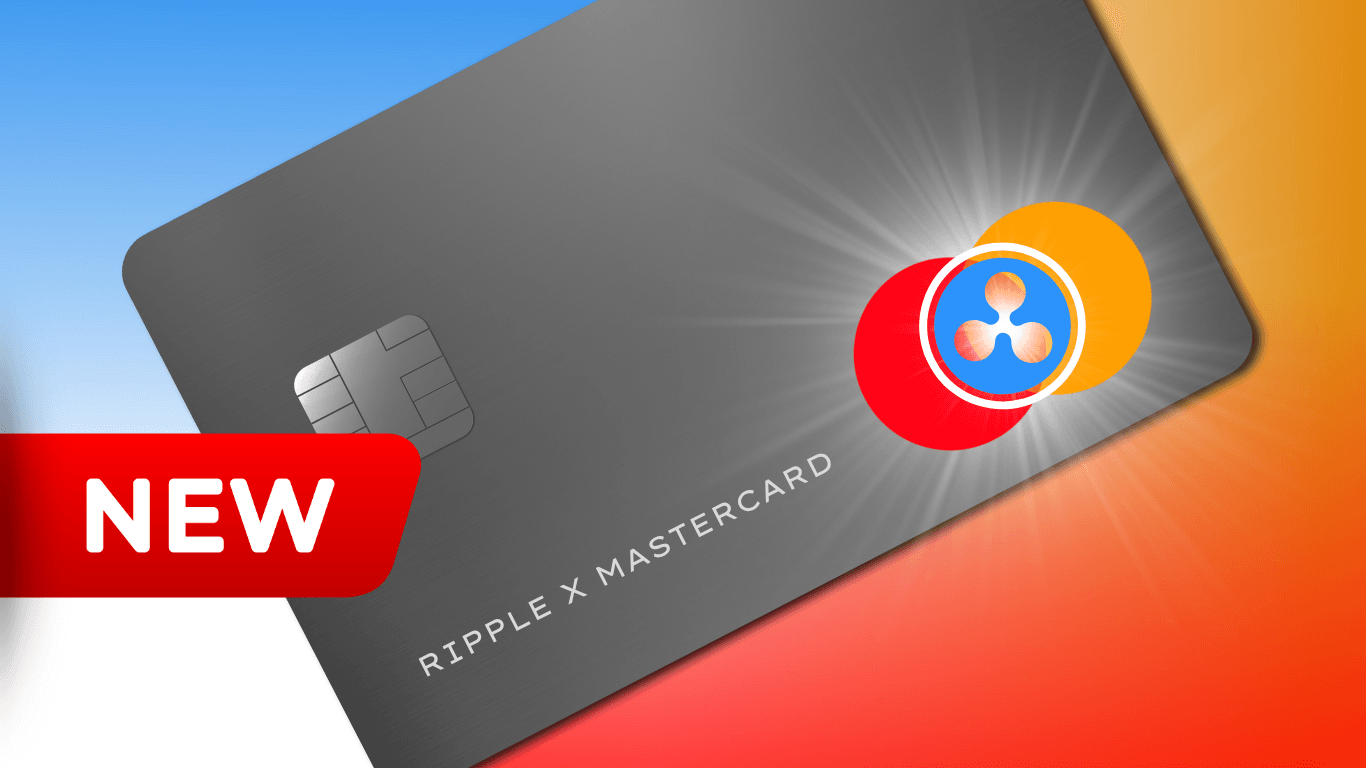
Ripple Joins Forces With Mastercard: What Does This Mean for XRP?
The financial and blockchain industries are abuzz with groundbreaking news: Ripple has partnered with Mastercard to enable $RLUSD credit card settlements on the XRP Ledger (XRPL). This partnership aims to bridge the power of traditional financial systems with blockchain technology, offering XRP a significant utility boost beyond its established role as a speculative digital asset.
What’s Happening With XRP?
The timing of this news couldn’t be better for XRP, which has faced turbulent market conditions in recent months. Its value has hovered around $2.27, down from previous highs, with technical indicators signaling caution. Analysts have flagged key support levels around $2.20 and $2.00, warning that breaking these thresholds could lead to a further decline toward $1.50. Macro-economic risks, a strong US dollar, and broader market uncertainties have put additional pressure on XRP’s performance.
How the Ripple-Mastercard Deal Could Change the Game
This partnership with Mastercard is set to redefine XRP’s narrative. Here’s a breakdown of the key benefits:
Real-World Utility
By utilizing $RLUSD—a Ripple stablecoin—for settling transactions on the XRPL via Mastercard’s credit card network, Ripple is leveraging blockchain technology to facilitate faster, more efficient cross-border and inter-bank transactions.
Institutional Validation
Mastercard’s endorsement adds credibility to Ripple and the XRPL ecosystem. This could encourage institutional adoption on a larger scale, setting the foundation for Ripple’s long-term success.
Increased Liquidity
With more transactions flowing through XRPL, demand for XRP as a bridge currency may grow significantly, bolstering its liquidity and visibility in the market.
Market Sentiment and Technical Trends
Despite macroeconomic headwinds, this partnership is a potential catalyst for a market sentiment shift. Immediate resistance for XRP lies between $2.50 and $2.60, while support levels remain precariously close to $2.20 and $2.00. If XRP can clear these resistance levels and the broader cryptocurrency market sees a recovery, XRP could target new highs above $3.00.
Outlook: Opportunities and Risks
While the Ripple-Mastercard partnership has raised optimism, market observers should also acknowledge its risks. Delayed rollouts or slow adoption of the new system could limit its immediate impact. Additionally, macroeconomic uncertainty, such as a stronger US dollar and waning investor appetite for risk, could dampen the altcoin’s rally.
However, there are robust opportunities ahead:
- The successful implementation of this partnership could attract capital from traditional finance into the crypto markets.
- Market sentiment may shift as XRP transitions from a speculative asset to a utility-driven token.
- If the broader crypto market recovers, XRP could outperform given its strong narrative and renewed purpose.
Make a Move With Crypto-Friendly Cards
If you’re intrigued by the world of crypto-backed financial products, consider exploring the Mastercard Crypto Card. This innovative card product enables seamless crypto transactions and spending, offering convenience and simplicity for both crypto enthusiasts and everyday users.
Conclusion
The Ripple-Mastercard collaboration has the potential to mark the beginning of XRP’s resurgence. Beyond its speculative appeal, this partnership positions XRP as a utility asset with real-world applications. However, execution and macro factors will play a crucial role in determining the outcome. With proper deployment and a shift in market conditions, XRP could be poised for a major comeback.



